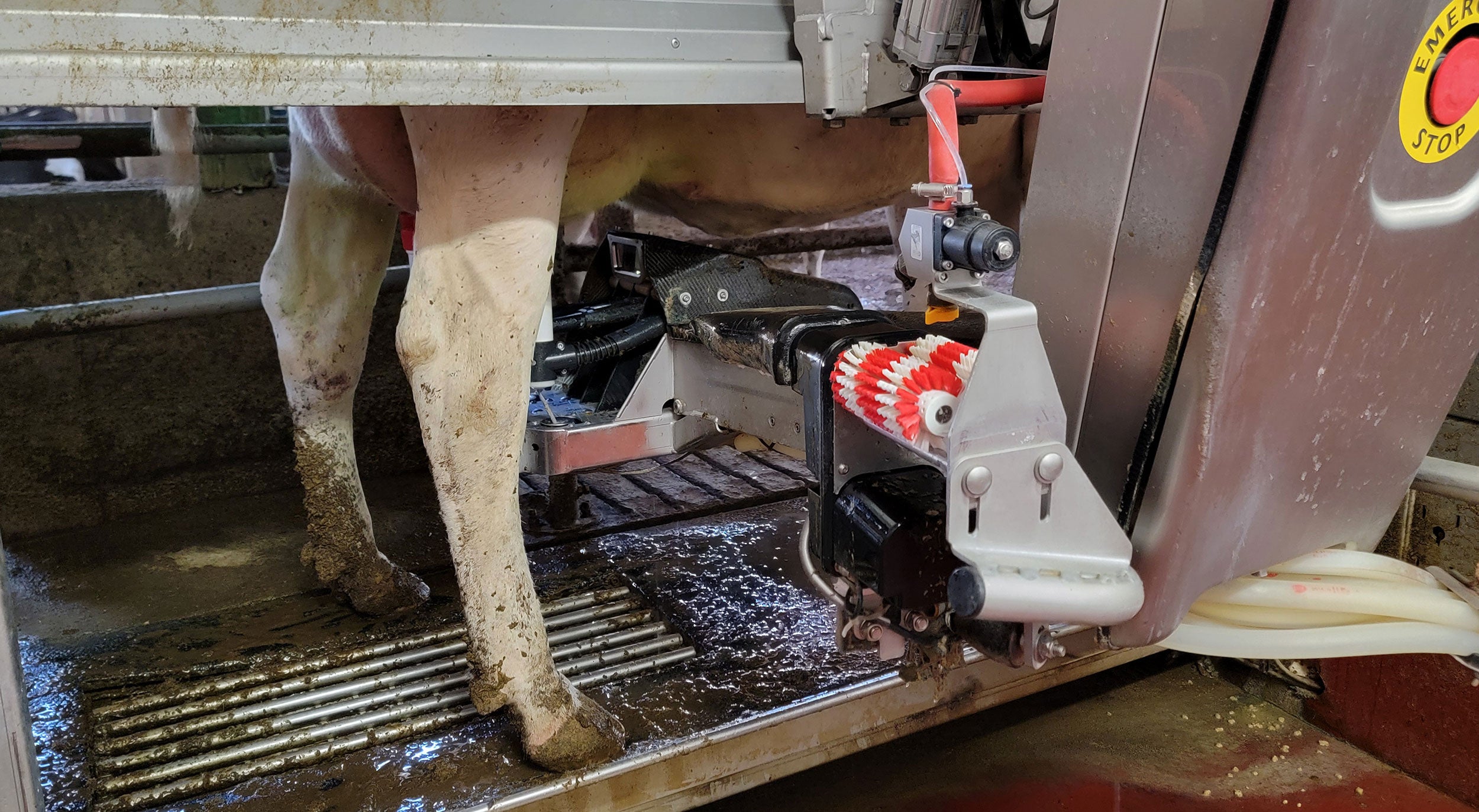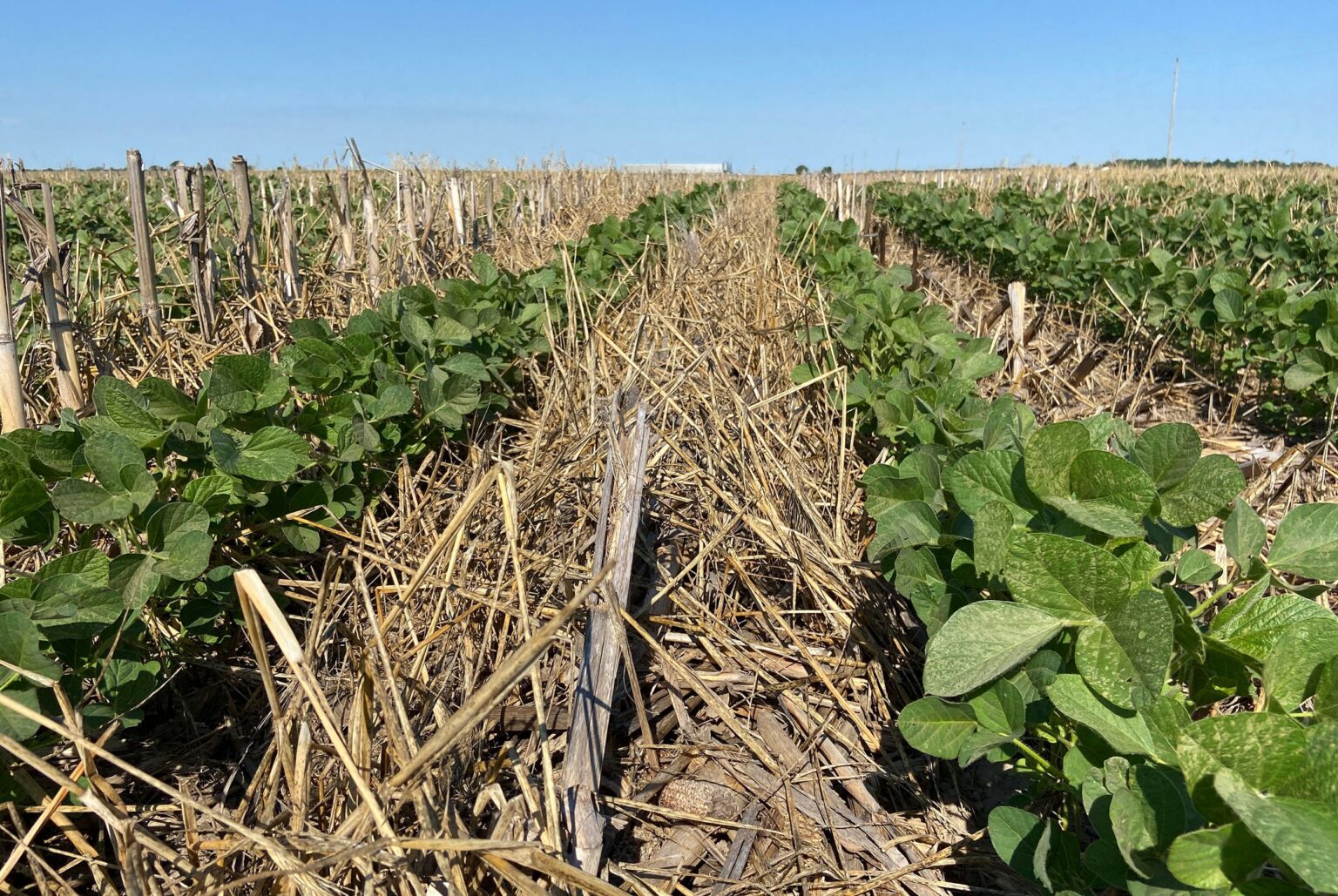As I follow the latest agricultural news, I can’t help but notice a continued interest in integrating more technology into many production systems. Precision agriculture, artificial intelligence, and agricultural robotics are some of the most talked about and fast moving. My concern with technology is that we are placing too much emphasis on it and not enough on our foundational resource, the soil.
Precision agriculture has been around for a while now, using data and advanced equipment to apply crop protection products and fertilizer with greater accuracy across a field. Precision agriculture has evolved from simply mapping soil sampling data to actually controlling the fertilizer application equipment on the go.
The first time I heard someone make reference to artificial intelligence as “AI”, I thought they were talking about artificial insemination, which was the “AI” in agriculture that I was familiar with. Artificial intelligence is a powerful tool that can save time and energy by dealing with complex data quickly and logically. Lastly, robotics have long been applied to manufacturing, but more recently to agriculture. Robots that can milk cows, clean barns, and kill weeds are amazing.

Know that I have no qualms with folks developing and implementing new technologies, but only if those new technologies can help achieve a well-thought-out goal. We have to remember that technology is a tool, not a goal in itself.
A goal can be defined as a desired outcome or condition. What should you define as your desired outcome or condition for your farm? Having all the latest technology? Having higher crop yields or calf weights? Controlling weeds? Profitability? Sustainability? Quality of life?
I think most producers would agree that achieving both short-term and long-term profitability and leaving the land better than you found it while maintaining a reasonably good quality of life would be a respectable vision of a goal. If that is the case, then we need to be careful to select and apply tools in a way that will take us closer to the goal and not unwittingly use those tools to degrade the soil with greater precision and efficiency.
I think the real issue here might be the difficulty we have of sorting out problems from symptoms when deciding what tools to apply to achieve a goal. Problems often keep us from achieving a goal and need to be properly identified.
To understand what the problem truly is requires the wisdom of a 3-year-old. We must ask “Why?” until we get to the root of the matter.
For example: Why is a current system of production not profitable? Because of spending too much money on input costs to produce my crop. Why? Because the soil is not infiltrating water or providing nutrients to the crop as it should. Why? Because the soil is not healthy and performing the functions that it should. Why? Because the soil has not been managed in a way that makes it healthy. Why? Because of a lack of understanding of how the soil functions as a biological system.
You can begin this questioning process with any agricultural symptom you’d like — weeds, insects, diseases, erosion — but the answer will inevitably be that the soil is not performing the functions that it needs to perform in a cost-effective way.
Recognizing that a soil is not functioning properly is the first step. A fully functioning healthy soil requires few inputs, other than seed, which can drastically reduce input costs. To get soil to function to its full potential again, one needs to: Disturb the soil less, increase the diversity of plants grown in that soil, maintain living roots in the soil as much as possible, and keep the soil covered with plants and their residues at all times. These basic principles foster the capabilities of soil microbiology to capture and store water and capture, cycle and store nutrients for growing crops.
With the access we now have to technology, applying these principles of restoring soil health has never been easier. If the goal is to restore soil health, then the choice of tools and how to use them will become clear.
Restoring soil health is not only a question of stewardship, it is a question of profitability and the viability of rural communities. We now understand enough about how the soil functions as a biological system, that thoughtfully implementing technology to restore the soil and keep farmers in business, must go hand in hand.
Jon Stika is a retired Natural Resources Conservation Service soil health instructor and current part-time professional at the North Dakota State University Dickinson Research Extension Center. He is also the author of “A Soil Owner’s Manual: How to Restore and Maintain Soil Health.”


